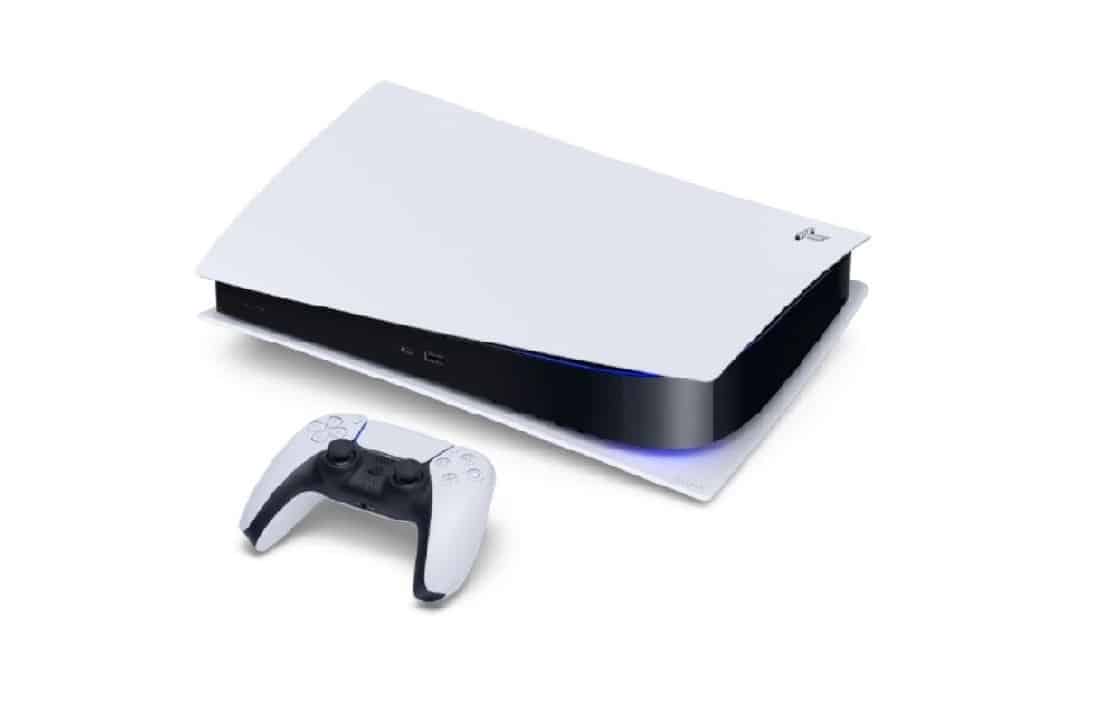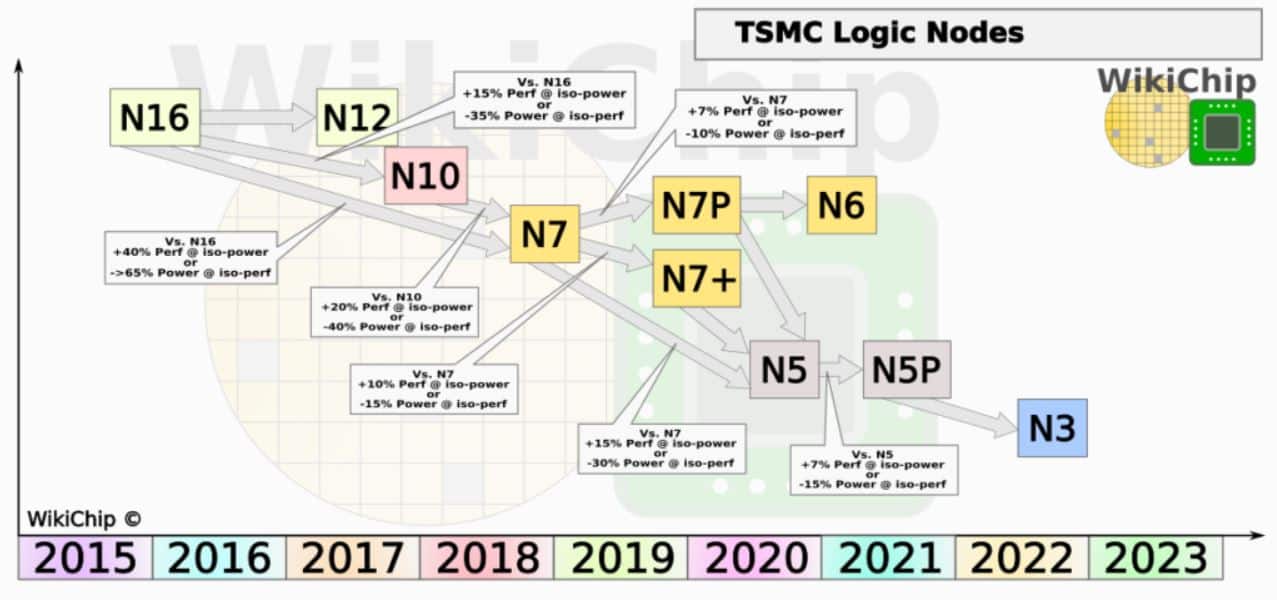PlayStation 5 2022: It is rumored Sony will introduce an improved PlayStation 5 based on its AMD-designed SoC’s 6-nm die shrink. It is said that the system is ready to ship in Q2 or Q3 2022.
Sony’s PlayStation 5 2022, like past versions, has been a huge commercial success. The console received positive feedback upon its release, and gamers have been keen to get their hands on it to relax during COVID-19 lockdowns. Because of a perfect storm of chip shortages and high demand, still, six months after the console’s release, it’s difficult to find across retail outlets, and third-party marketplaces often sell for hundreds of dollars more than MSRP.
There’s been a lot of chatter online about what it could do for the PlayStation, but the important update to the current PS5 doesn’t mean. The PS4 Pro and Xbox One X were three years in their console life. Sony or Microsoft would be debating the similar “pro” versions on their consoles too much. The PS5 just turns into one by the end of 2022.
The 6 nm node of this latest PS5 is supposed to increase density by up to 18 percent, but the clock speed and power consumption are not improved by previous 7nm technologies. Oberon is a 308mm2 SoC, the CPU within the PS5, similar to the Xbox series X 360mm2. Oberon is also less than PS4 Pro (322mm2) or PS4 (348mm2).
The only way Sony can easily react to the SoC is if it tries to reduce costs. The analysis showed that only the complete version of the PS5 breaks even when it’s released, and the PS5 Digital Edition is currently available at lower prices. This could understand all that Sony is in the first place calling for a redesign. A small decrease in PS5’s die size will permit more wafers to be installed.
As TSMC does not expect energy use or changes in inefficiency, we assume there will be no upgraded version. We can see a little bump inconsistency according to the precise properties of the silicone, but the makers of consoles that use die-cutting recesses are usually struggling to ensure that the experience is the same.
Sony claims that the PlayStation 5 hardware is lucrative, but emphasizes that this benefit is “inclusive of peripherals.” PS5 profitability is expected to increase in its second year, according to the company’s most recent quarterly conference call, and a minor die shrink will help. A 10% decrease in die size will reduce the size of a PS5 SoC to 278mm2. According to a simple wafer calculator, this could increase Sony’s overall recoverable dies per wafer from 177 to 200 (assuming equivalent defect density), with the number of successful dies measured at 152, up from 131. These values are statistical modeling predictions, but they provide an example of how Sony will benefit if it shrank the PS5.
If the shrink will increase the supply depends entirely on can components slow down development. Bottlenecks around the market, including monitor drivers and Wi-Fi chips, have appeared in areas other than wafer manufacturing. When Sony’s PS5 output is slowed by wafer yield, increasing it with smaller chips may help assume the same yield. If shipments are held back by other low-level materials, the shrinkage is of no benefit.















